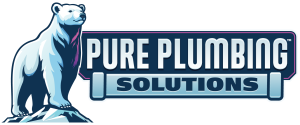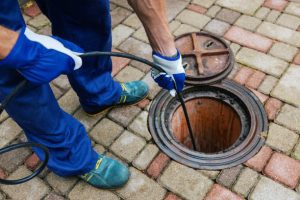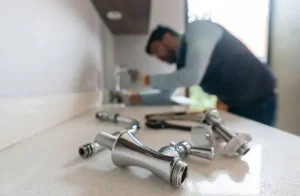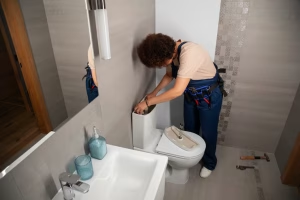Introduction: Catch the Signs Before Disaster Strikes
A burst pipe can cause thousands of dollars in damage within minutes. Water can destroy walls, flooring, and even electrical systems. Luckily, pipes rarely burst without warning. If you know what signs to watch for, you can catch the problem early. In this blog, we’ll explore the key warning signs that your pipes may be on the verge of failure. Knowing them can help you act quickly, prevent costly damage, and protect your home.
Warning Sign 1: Unusual Noises in the Pipes
Strange pipe noises should never be ignored. Banging, whistling, or rattling sounds suggest something is wrong with the system. These noises often point to water hammer, which occurs when fast-moving water suddenly stops or changes direction. This pressure can stress your pipes, leading to cracks or bursts. Whistling may indicate a valve or pipe restriction. Rattling could mean a pipe is loose and vibrating against walls. To prevent escalation, have a plumber inspect the source of the sound. You might need water hammer arrestors, pipe insulation, or support brackets. Regular maintenance and pressure regulation also help prevent noise-related damage. The sooner you act, the less likely a pipe will fail. Listening to your plumbing can save you from future disaster.
Warning Sign 2: Fluctuating Water Pressure
If your water pressure suddenly weakens or surges, it may indicate hidden plumbing issues. Inconsistent pressure could result from mineral buildup, leaking pipes, or a failing pressure regulator. Start by testing multiple faucets to see if the issue affects your entire home. If it does, check the water meter when no water is running. If it moves, you likely have a leak. Pressure surges can strain pipes and joints, increasing the risk of bursting. If the issue only occurs in one area, it may be a localized blockage or valve issue. Either way, call a plumber to diagnose the source. Don’t attempt DIY fixes for pressure problems without understanding the cause. Early repairs prevent larger damage, water waste, and higher bills. Pressure issues are one of the most common early warnings before a burst.
Warning Sign 3: Unexplained Water Marks or Dampness
Water stains on ceilings, walls, or flooring can signal an impending plumbing emergency. These marks often appear yellow or brown and grow over time. Moisture may come from a leaking pipe hidden inside walls or under floors. Damp spots can also lead to mold, mildew, and unpleasant odors. In some cases, they cause paint to bubble or wood to warp. Check regularly under sinks, around toilets, and behind appliances for moisture. A musty smell often accompanies hidden leaks. If you spot any water damage, take action immediately. A plumber can use thermal imaging or moisture meters to detect the source. Fixing the problem early prevents structural damage and mold-related health risks. Ignoring it could lead to a full-blown pipe burst and costly restoration.
Warning Sign 4: A Spike in Your Water Bill
An unexpected increase in your water bill is often the first sign of a hidden leak. If your usage hasn’t changed, but your bill rises sharply, investigate immediately. Check your plumbing fixtures, toilets, and visible pipes for signs of moisture. A running toilet alone can waste hundreds of gallons each month. Also, inspect your water heater and crawl spaces for signs of dampness. Use a leak detection device if available, or consult a plumber. Burst pipes often begin as small leaks that go unnoticed. Taking action when the bill spikes could help you catch and fix the problem before it worsens. Keeping track of your monthly bills is an easy but powerful way to monitor plumbing health.
Conclusion: Prevention Is the Best Protection
Burst pipes are a homeowner’s nightmare—but they’re often preventable. Unusual sounds, pressure changes, dampness, and rising water bills all signal potential trouble. By learning to recognize these early warnings, you can act before serious damage occurs. Schedule regular plumbing inspections and don’t ignore small issues. With proactive maintenance and quick responses, you can avoid major disasters and keep your home safe and dry.
Interested in reading about How to Know When Your Home Needs Repiping?





